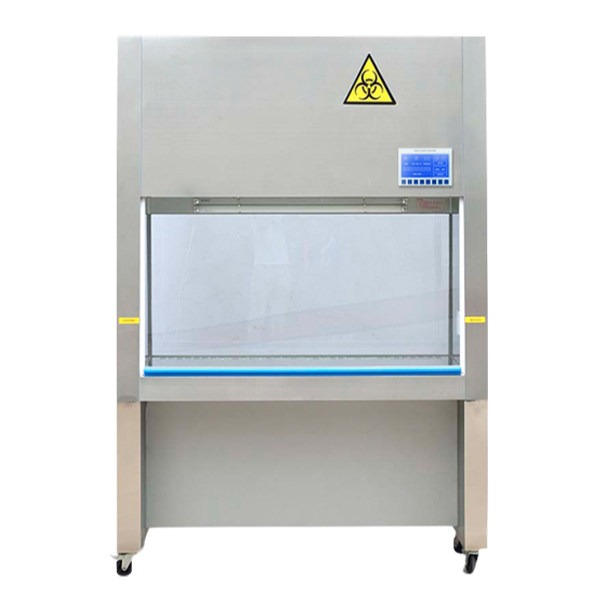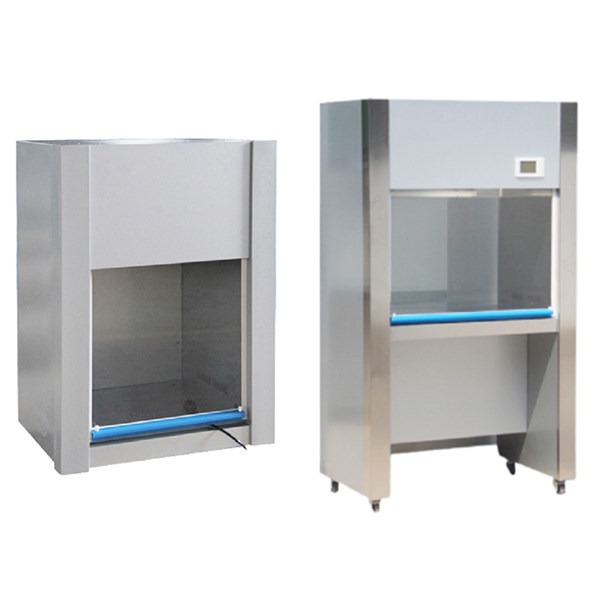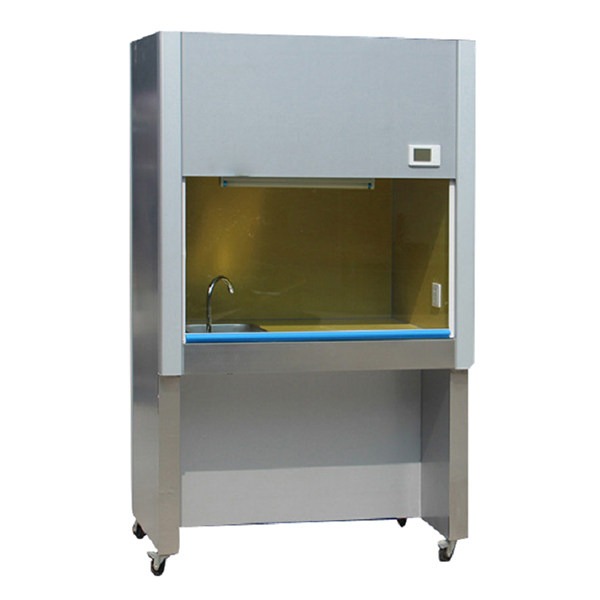When it comes to working with hazardous materials in laboratories and other controlled environments, safety is paramount. Two common pieces of equipment that play a critical role in ensuring the safety of researchers and the integrity of their work are biosafety cabinet and fume hood. Both are designed to protect personnel and the surrounding environment from potentially harmful substances, but they serve distinct purposes and have different safety features. In this article, we will explore the differences between biosafety cabinets and fume hoods to determine which is safer for specific applications.
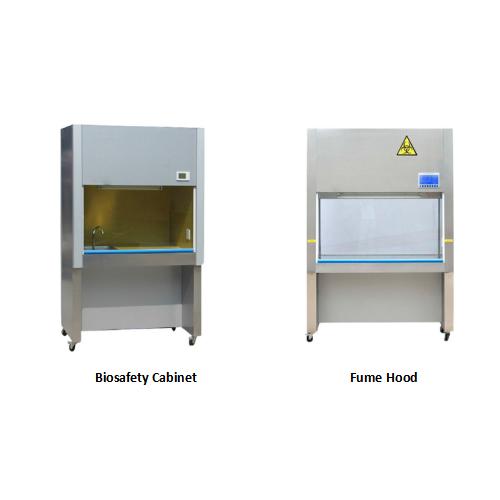
What are Biosafety Cabinet and Fume Hood
What is Biosafety Cabinet?
Biosafety cabinets, often referred to as biological safety cabinets or BSCs, are specialized containment devices used in laboratories that work with microorganisms, such as bacteria, viruses, and fungi, as well as other biohazardous materials. These cabinets are designed to provide primary containment by protecting the user, the product, and the environment from exposure to harmful agents.
There are three primary classes of biosafety cabinets: Class I, Class II, and Class III. Each class offers different levels of protection and is suitable for specific types of work. For instance, Class I cabinets are suitable for low to moderate risk agents, while Class II cabinets offer a higher level of protection and are divided into two types: Type A and Type B. Class III cabinets, on the other hand, provide the highest level of containment and are typically used for working with highly dangerous materials.

What is Fume Hood?
Fume hoods, also known as chemical hoods, are engineered to protect users from inhaling toxic fumes, dust, or gases generated during various chemical processes. They are commonly used in chemistry laboratories and industrial settings where chemicals are handled, mixed, or transformed.
Fume hoods are categorized into two main types: ducted and ductless. Ducted fume hoods exhaust contaminated air outside the building through a ventilation system, while ductless fume hoods use filters to purify and recirculate air within the laboratory. The choice between ducted and ductless depends on the specific needs of the laboratory and the chemicals in use.
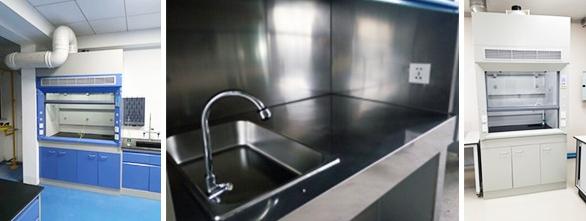
Safety Considerations of Biosafety Cabinet and Fume Hood
To determine which is safer – biosafety cabinets or fume hoods – it’s crucial to consider the type of work being performed and the specific hazards involved.
- Biological Hazards: When working with biological materials, such as pathogens or human cell cultures, biosafety cabinets are the safer option. They offer containment not only for the materials themselves but also for aerosols that may be generated during experiments. Biosafety cabinets, especially those in Class II and III, have specialized airflow systems that provide a high level of protection.
- Chemical Hazards: Fume hoods are the preferred choice for handling volatile chemicals. They are designed to capture and exhaust harmful fumes away from the operator, providing a safe working environment. Ducted fume hoods are particularly effective in this regard, as they ensure the complete removal of contaminants.
- Hybrid Work: Some laboratories work with a combination of biological and chemical materials. In such cases, it may be necessary to use both biosafety cabinets and fume hoods, depending on the specific task at hand.
- Safety Protocols: Regardless of the equipment used, adherence to safety protocols, such as wearing appropriate personal protective equipment (PPE), is critical to ensuring the safety of laboratory personnel.
Conclusion
In conclusion, the question of whether biosafety cabinets or fume hoods are safer depends on the nature of the materials being handled and the associated risks. The choice should be made after a thorough risk assessment and considering the specific needs of the laboratory. Biosafety cabinets are ideal for biological hazards, while fume hoods are the go-to option for chemical hazards. Proper training, equipment maintenance, and strict adherence to safety guidelines are equally important factors in maintaining a safe laboratory environment.

